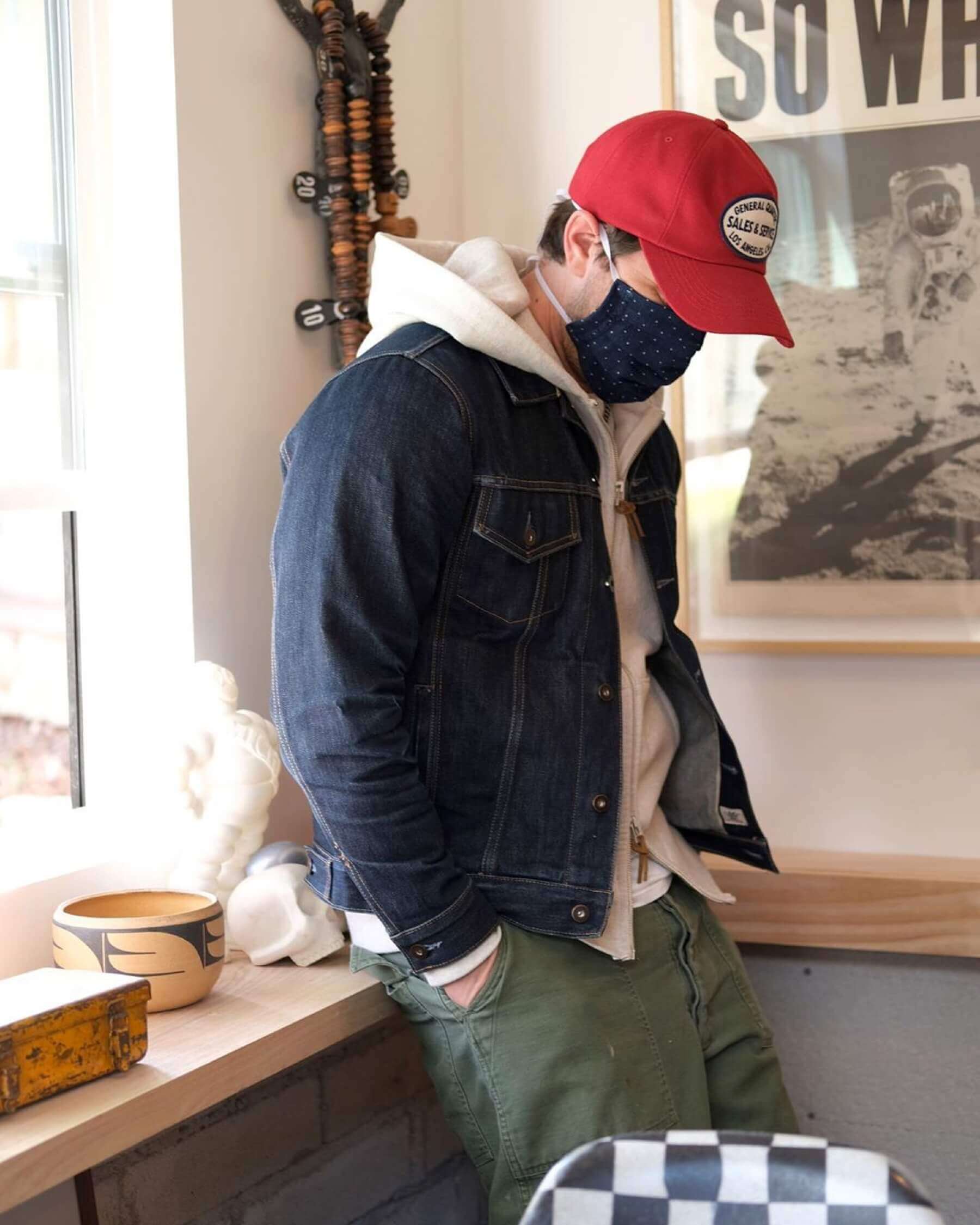Updated

Which ones to buy, plus how to wear and wash them
It's becoming increasingly clear that masks will be part of our daily lives for the foreseeable future. But what kind of mask do you actually want to wear on your face? Do you want ear loops or straps that tie? Do you want a pocket for a filter or just want it to look cool? Why not get one you actually want to wear on your face? And more importantly, which ones do the best job?
Dr. Scott Segal, chairman of anesthesiology at Wake Forest Baptist Health, who recently conducted a study of the efficacy of different materials used for homemade masks, says that you want thick, tightly woven cotton. Want to make sure a mask is effective? Dr. Segal suggests a light test: If you can see light passing through the material, when you hold it up to a bright light or the sun, it's less likely to be a good filter.
To help you out, we've rounded up the best ones still in stock-for now. There's a lot of variety out there and so many brands are making them. From simple styles cut from chambray shirting and cozy sweatshirt material to more advanced styles featuring antimicrobial scuba fabric or vintage bandanas, take your pick and be safe out there.
Treated with an anti-microbial coating
Sewn with a polypropylene meltblown filter
Printed cotton mask,
$28 (for five) by Sanctuary
Dark denim mask,
$6 by Sixty Nine
Made from moisture-wicking and abrasion-resistant technical fabric
Traditional mask,
$16 by Mystery Ranch
Vintage bandana mask,
$25 by Lotuff
Can be worn on its own or as a cover to extend an N95 mask
Mark 1 mask,
$30 by Goodfight
If you wear your face mask incorrectly, it's useless. According to Oscar Health, you should never pull it up or down while you're outside. "Don't wear it below your nose or expose your chin. Do make sure your face mask comes all the way up, close to the bridge of your nose, and that it fits snugly around your face, without any gaps." Don't touch the fabric part of the mask. Remember, that's filtering the germs, and you don't want to spread whatever germs it has trapped. Instead, use the ear loops or ties to secure your mask and to remove it.
According to the CDC, your fabric masks should be "washed routinely." Most experts advise washing them daily or at least weekly in a machine or a sink, just using regular laundry soap. Toss it in the dryer or let it air dry. And while it's not necessary, you can also go over it with a hot iron to ensure any germs that might remain are killed.
NOTE: Items featured in this story are independently selected by the editorial team. Purchasing via our links may earn Valet. a portion of the sale, which helps fund our editorial mission.
The Daily Valet. is your cheat sheet to what you need to know right now. Never feel caught off guard again.